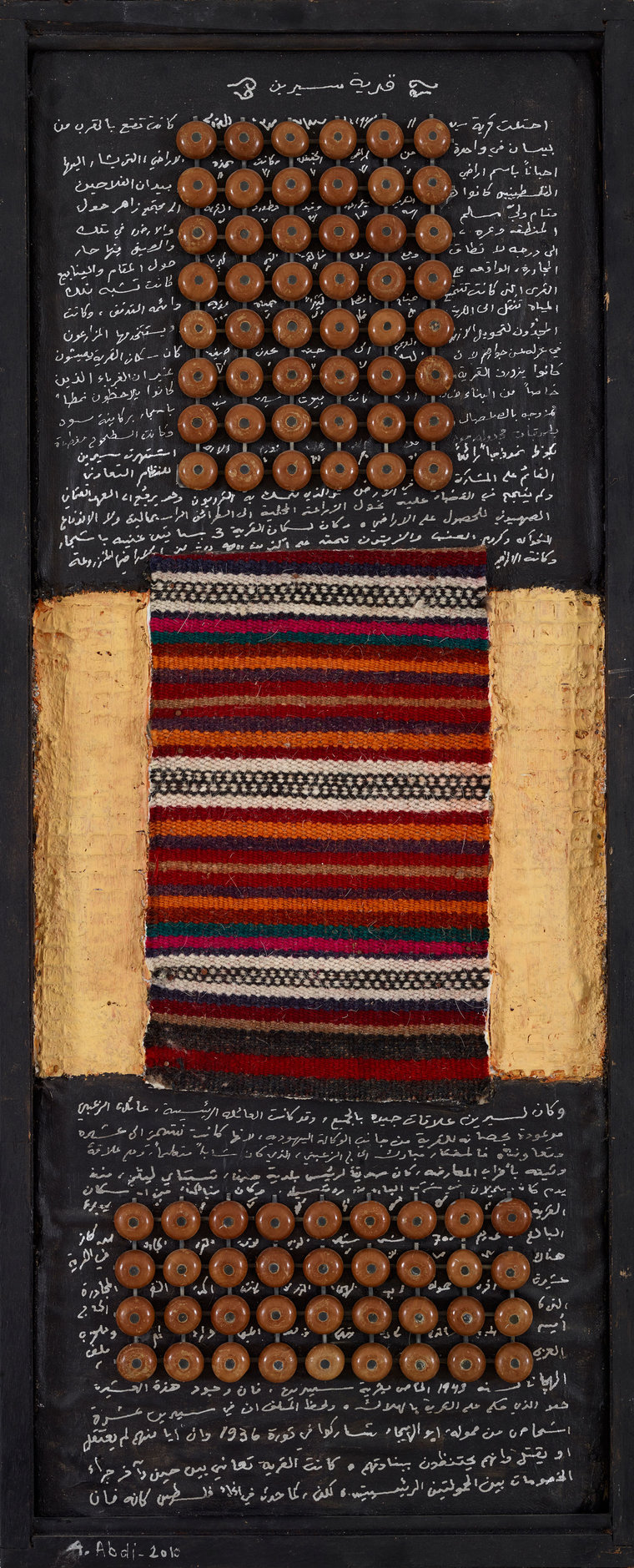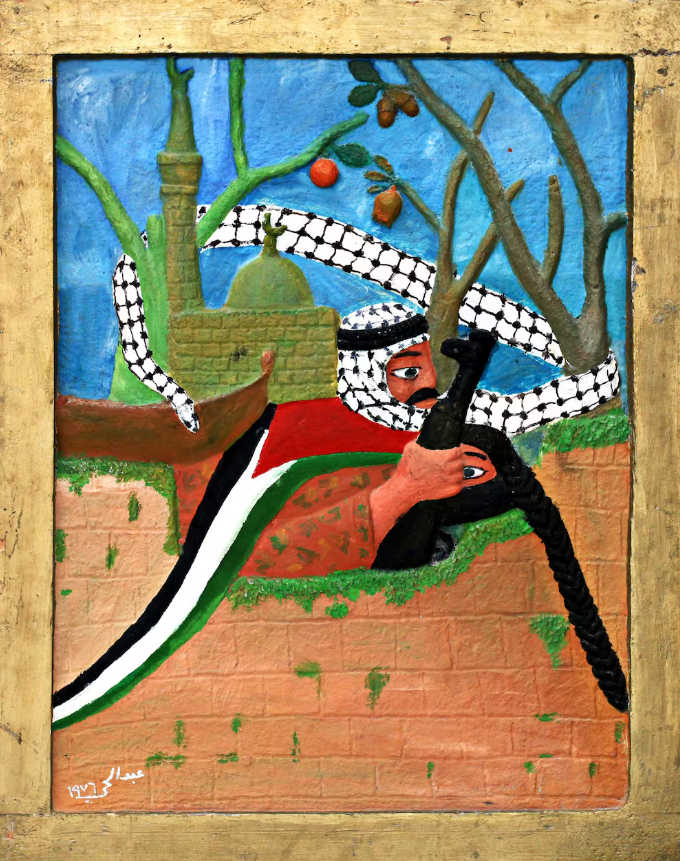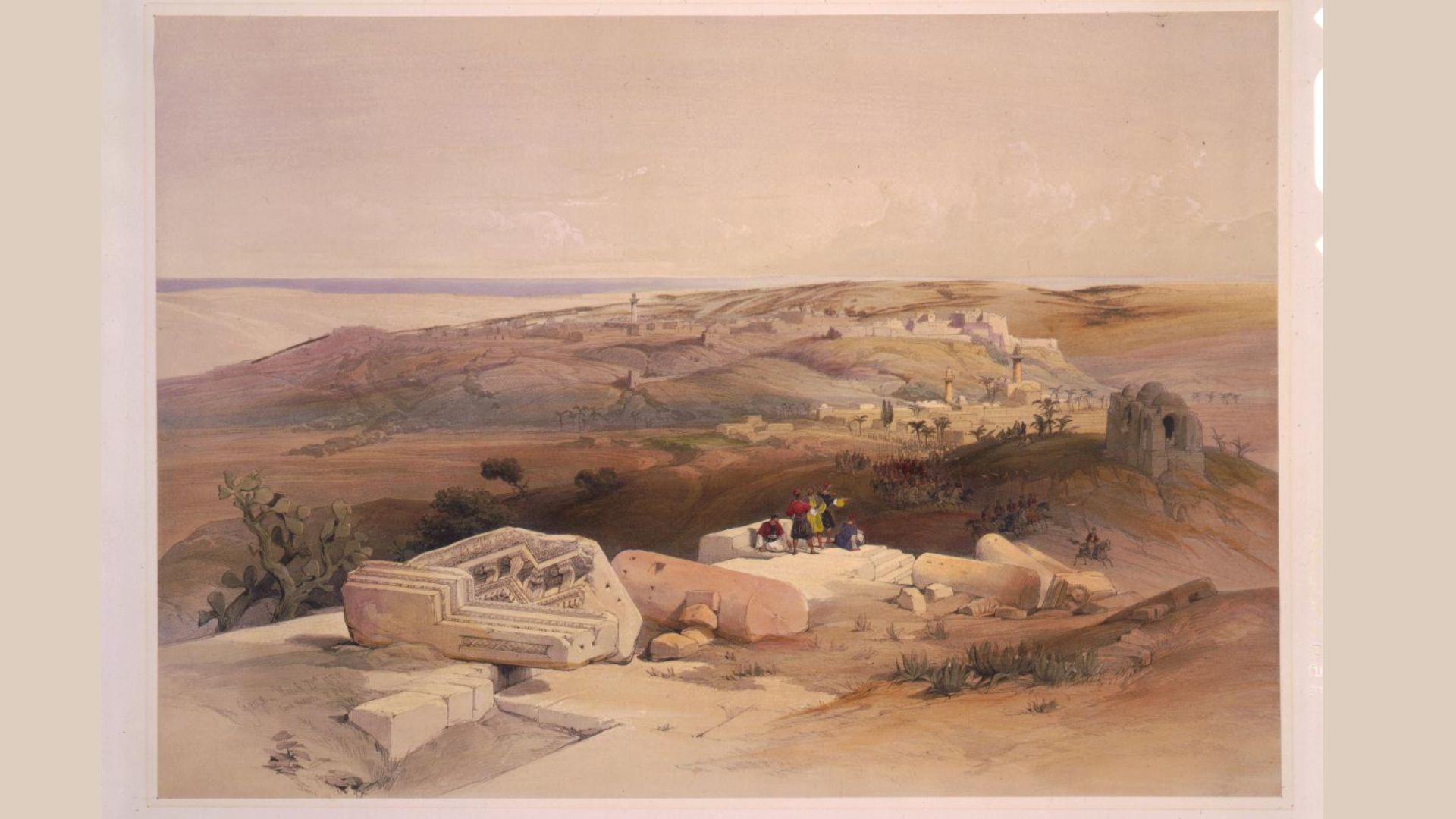A Palestinian Artist’s Journey of Resilience and Advocacy
Born in the vibrant city of Haifa, Palestine, in February 1942, Abed Abdi’s artistic journey is deeply intertwined with the tumultuous history of his homeland. Forced to flee his home during the violent events of the Naqba in 1948, Abdi experienced firsthand the trauma and displacement that would shape his artistic expression for years to come.
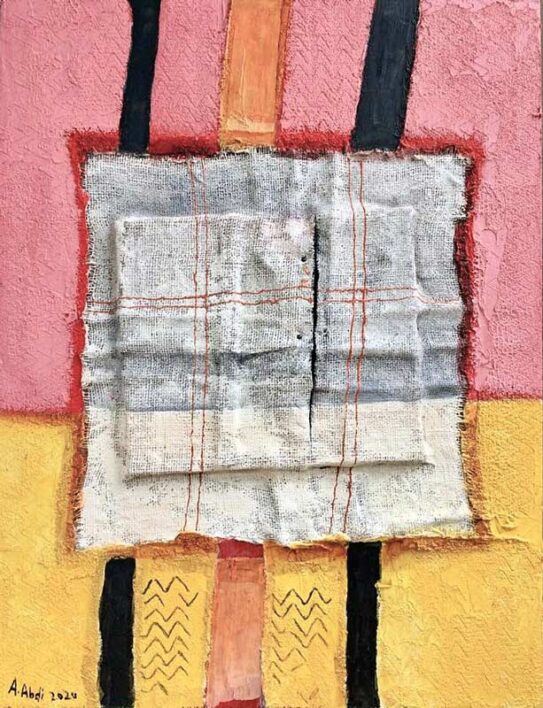

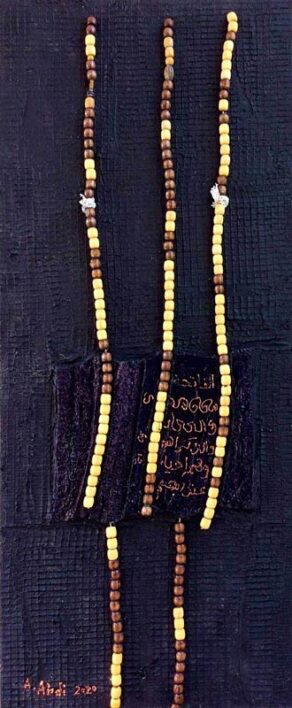
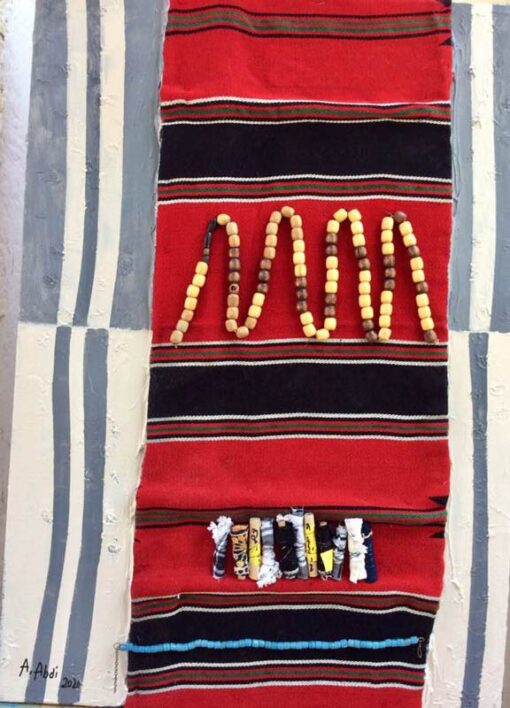
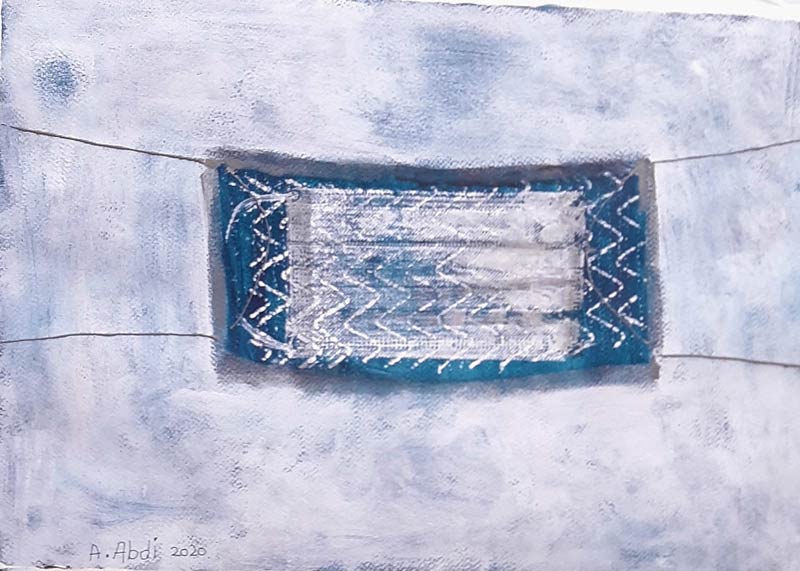
Growing up as a refugee, Abdi found solace and purpose in art, using it as a powerful outlet to process his experiences and advocate for Palestinian liberation. He became a prominent figure in the “Liberation through art” movement, which sought to use artistic expression as a means of resistance against Israeli occupation and oppression.
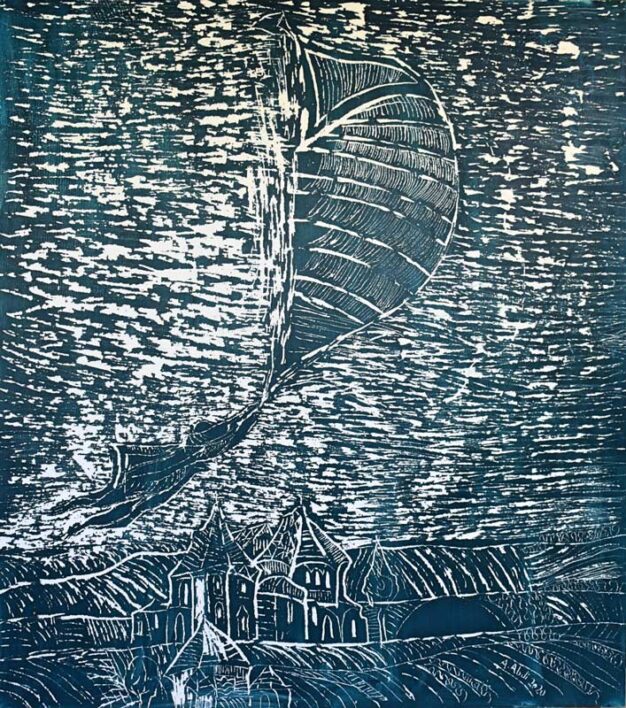
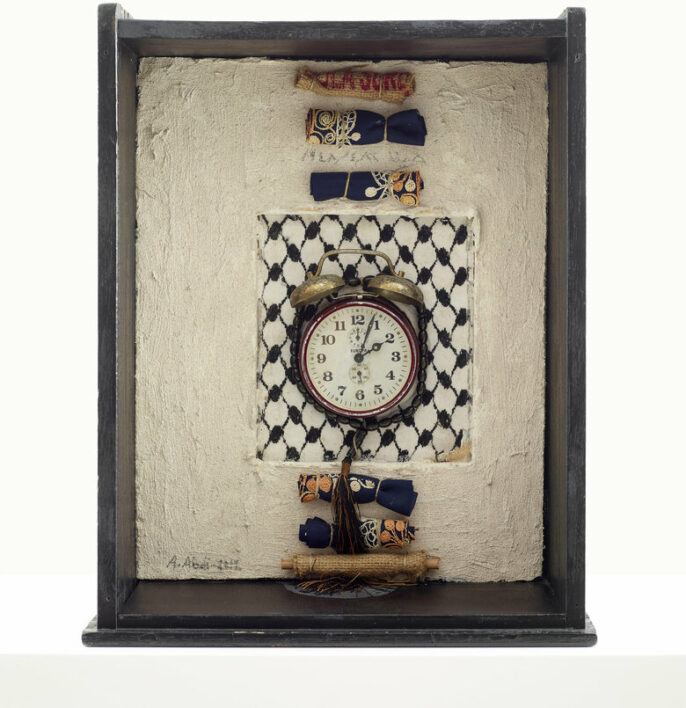

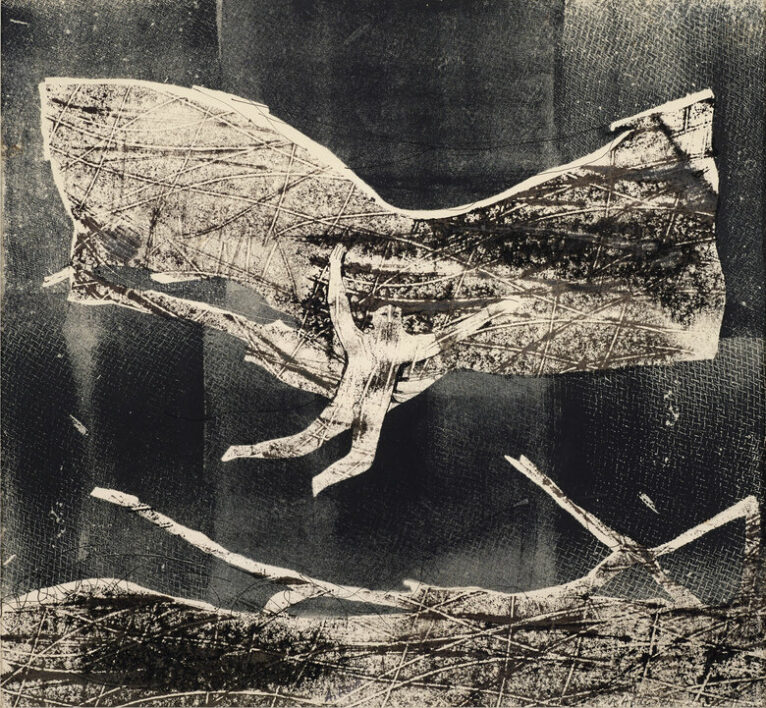
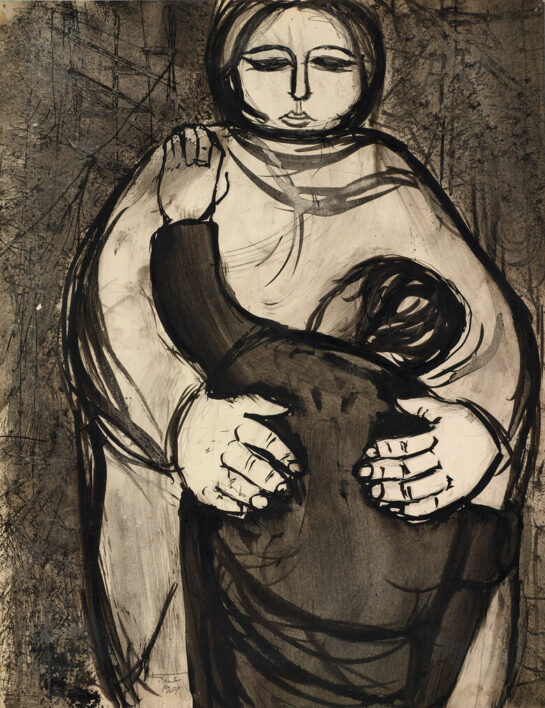

At the age of 20, Abdi made history by becoming the first Arab member of the Israeli Painter and Sculptors Association. His early exhibitions in Tel Aviv garnered attention and recognition, laying the foundation for his illustrious career.
In 1964, Abdi received a scholarship to study in East Germany, where he honed his skills in mural arts and environmental sculpting at the prestigious Dresden Academy of Fine Arts. Under the mentorship of renowned professors Gerhard Kettner and Lea Grundig, Abdi flourished as an artist, incorporating themes of Palestinian identity, resilience, and cultural unity into his work.


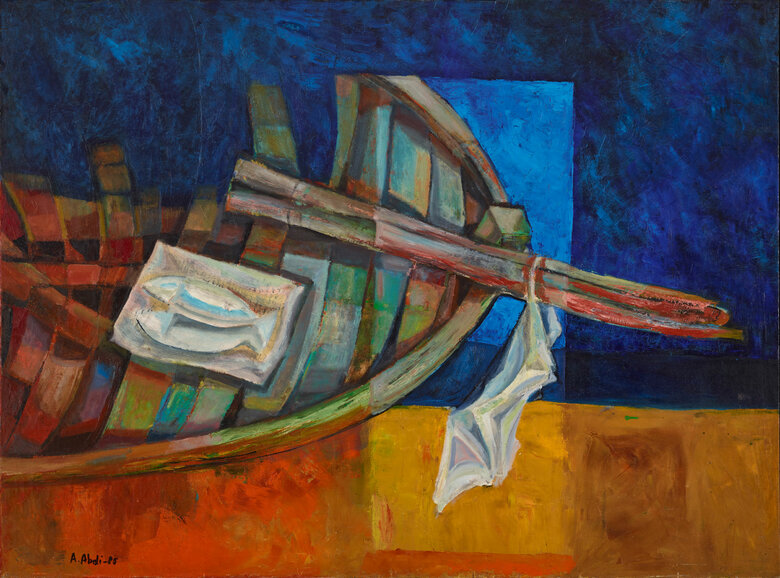
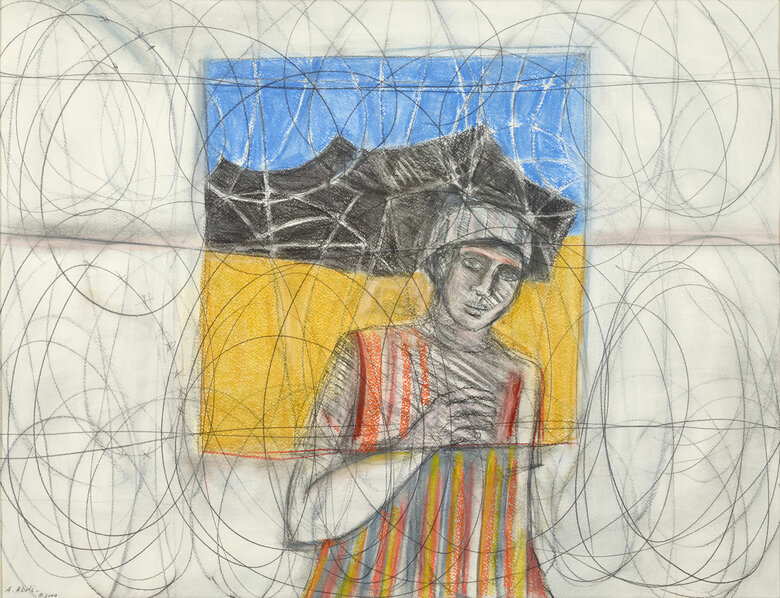
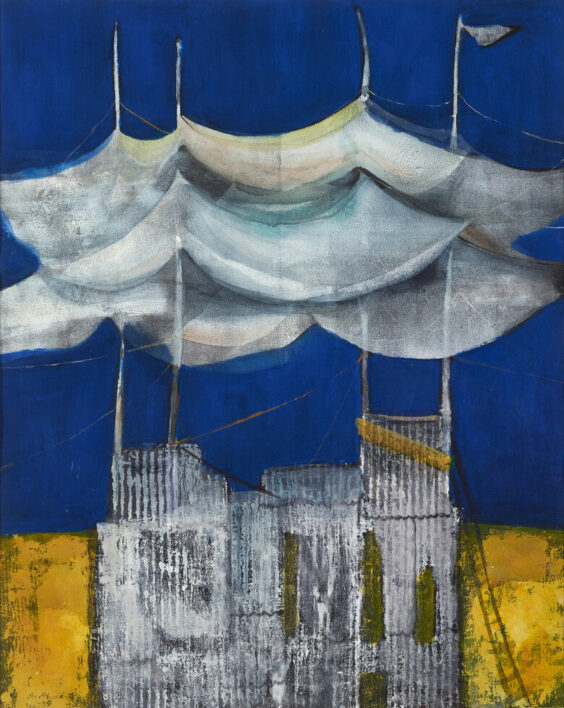

Upon completing his studies, Abdi returned to Haifa, where he dedicated himself to teaching visual arts to children in schools and community centers. His commitment to education extended to his tenure at the Arab Pedagogical College in Haifa, where he taught fine arts and art history for over two decades.
Throughout his career, Abdi’s artwork evolved from graphic prints depicting refugee experiences and daily life under occupation to vibrant mixed-media pieces exploring themes of memory, identity, and resistance. His use of color and texture, including metals and textiles, adds depth and richness to his compositions, while his incorporation of religious symbols reflects his dedication to fostering understanding and unity among diverse communities.
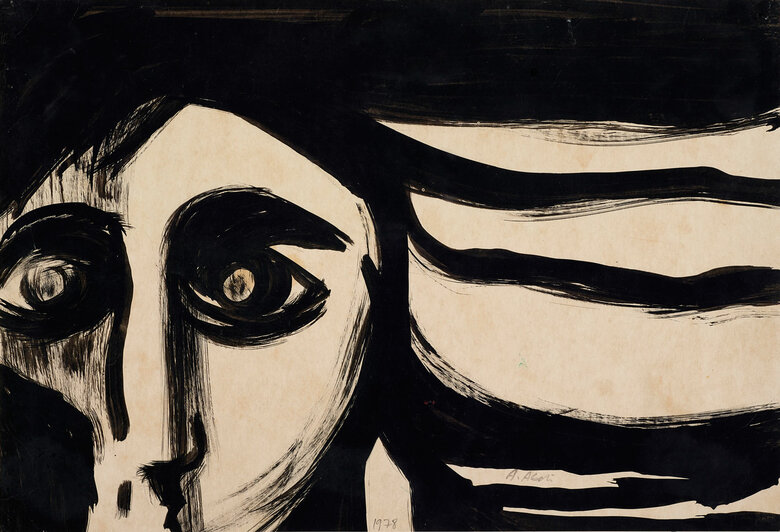

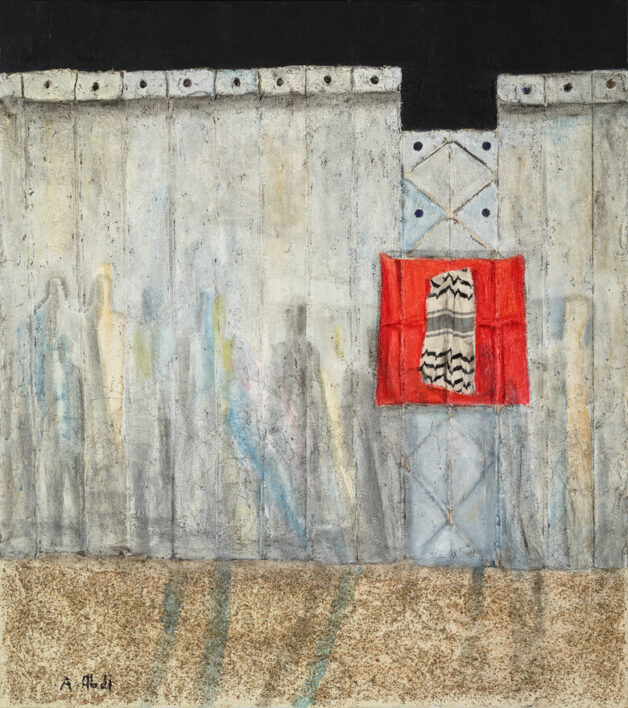

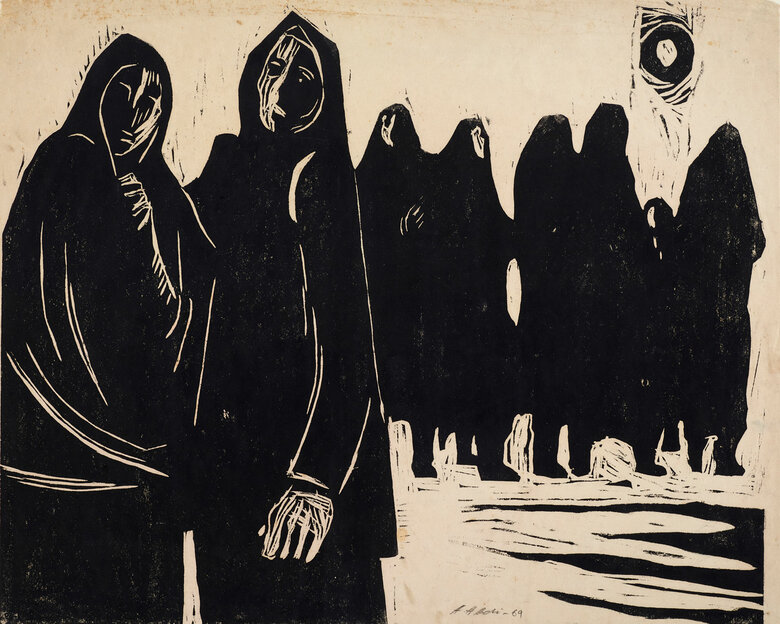
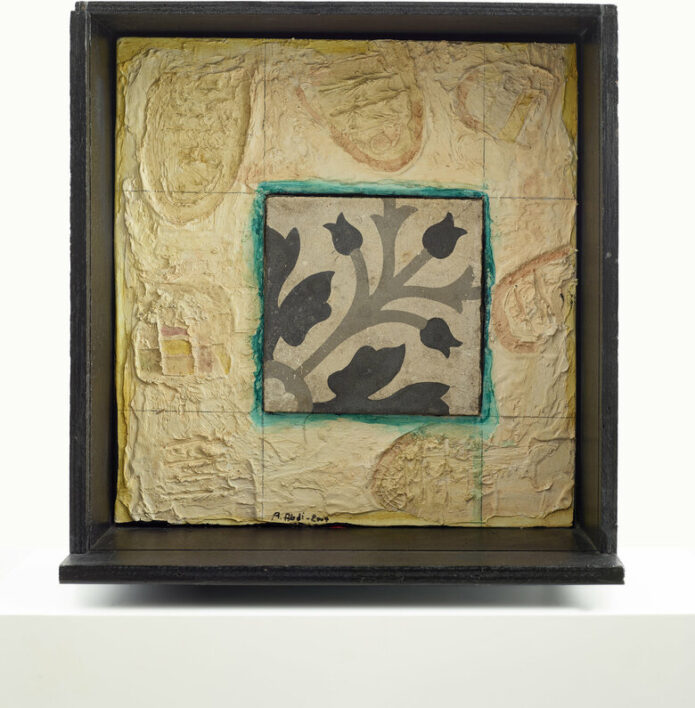
In his most recent series, Abdi delves into personal narratives, using everyday objects and memorabilia to evoke a sense of connection to the past and resilience in the face of adversity. His art serves as a powerful testament to the enduring spirit of the Palestinian people and their unwavering quest for justice and freedom.
Despite the challenges and obstacles he has faced, Abed Abdi remains deeply committed to using his art as a tool for advocacy and social change. His legacy as a pioneering Palestinian artist continues to inspire generations, reminding us of the transformative power of creativity and resilience in the face of adversity.
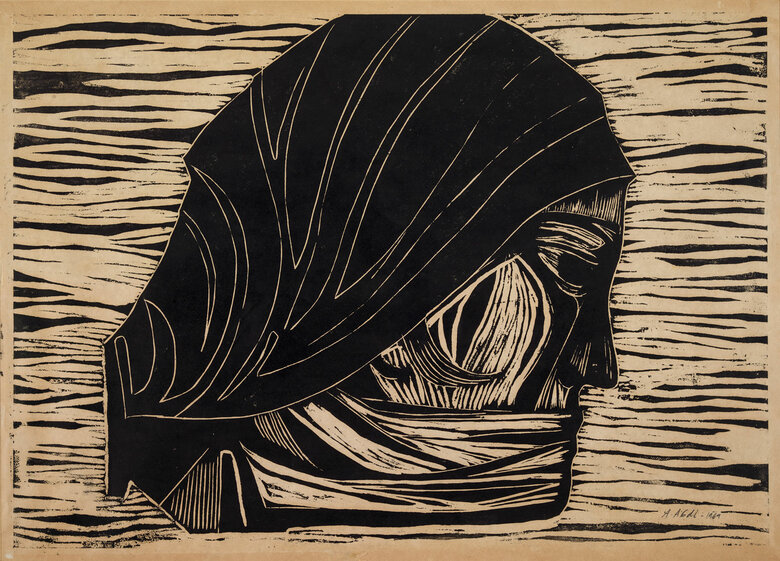

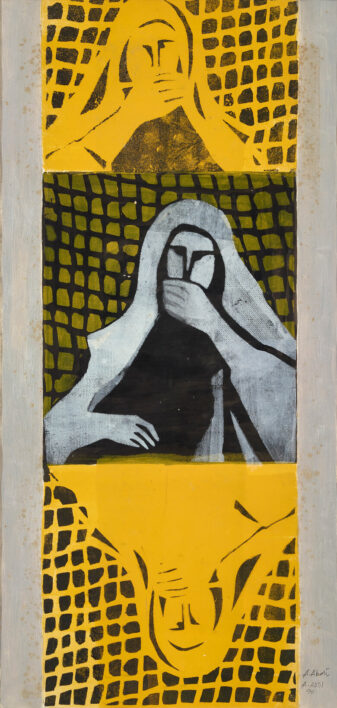

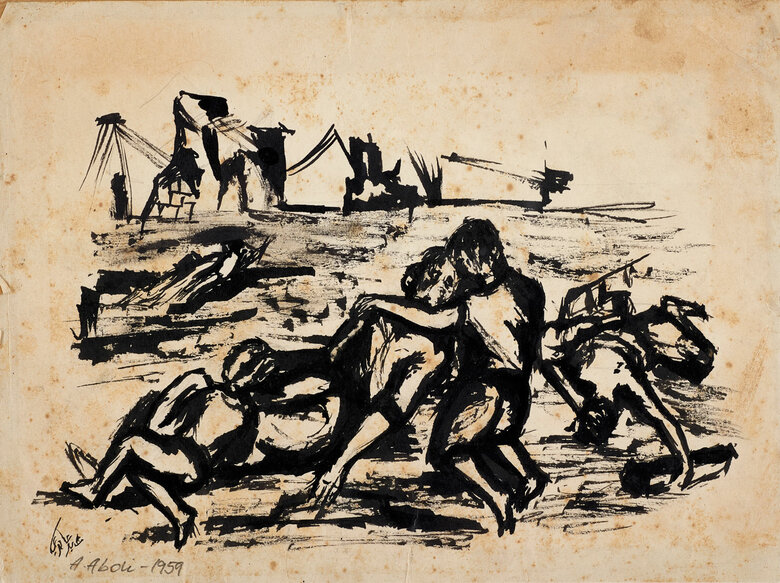
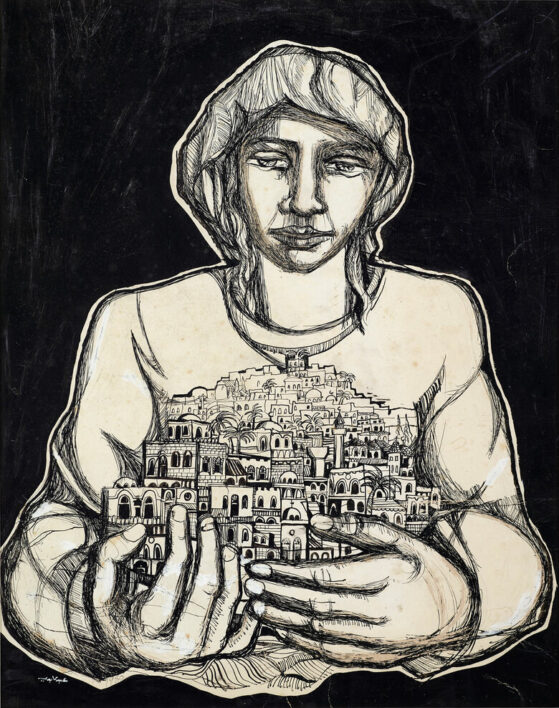

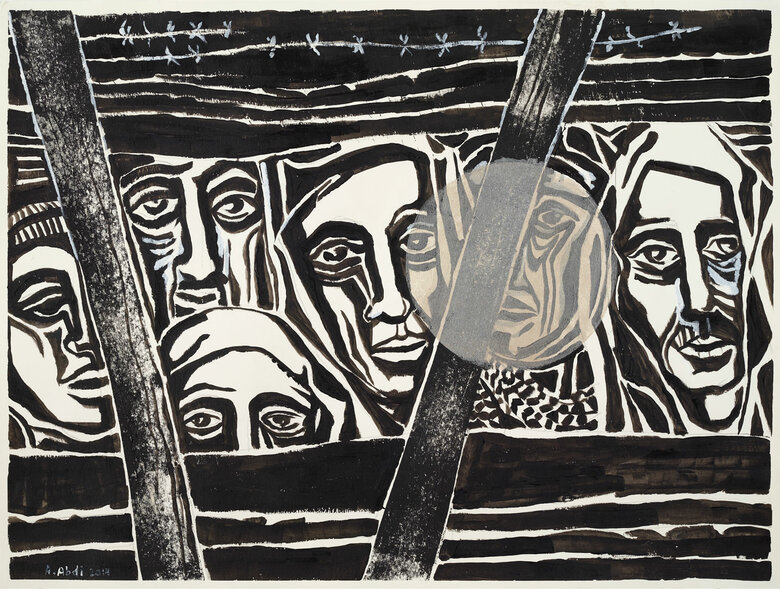
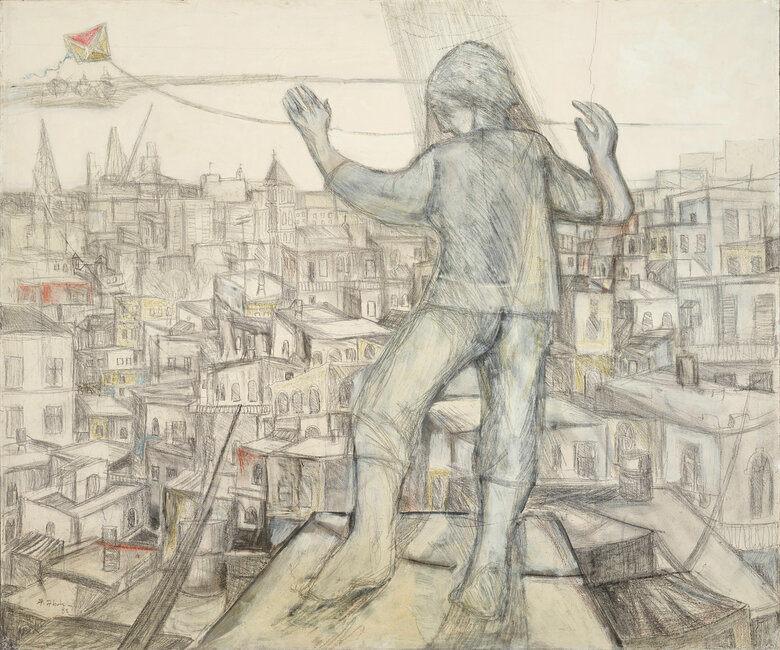
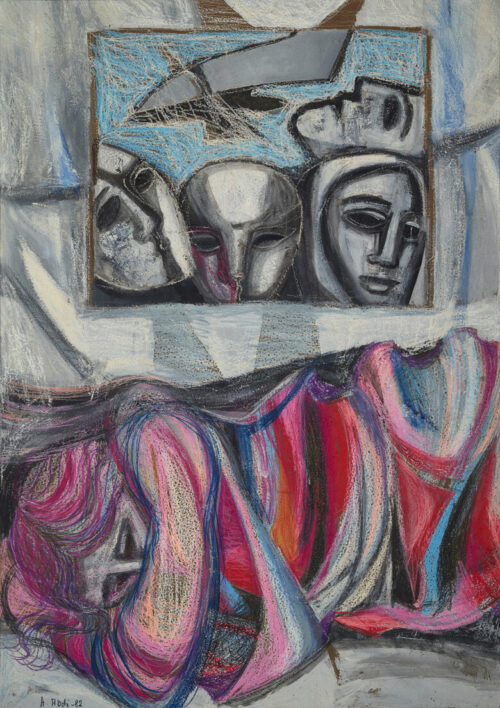

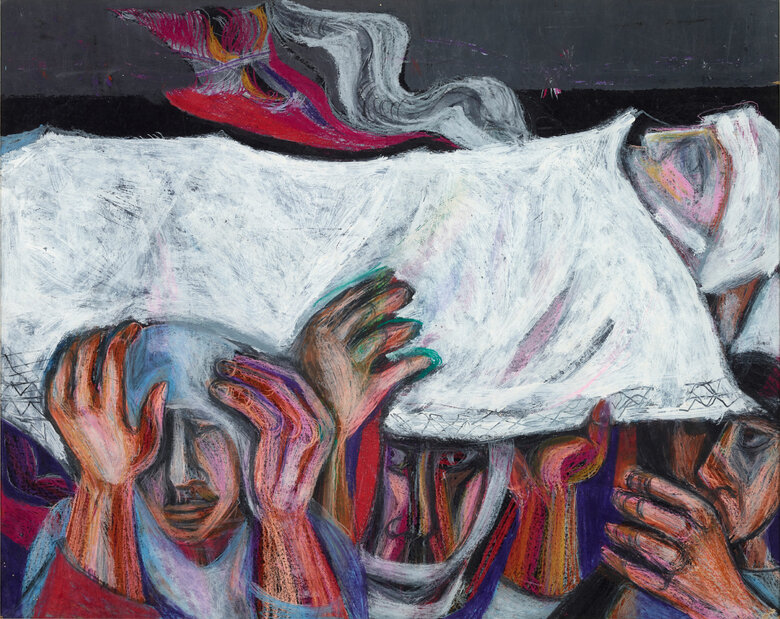
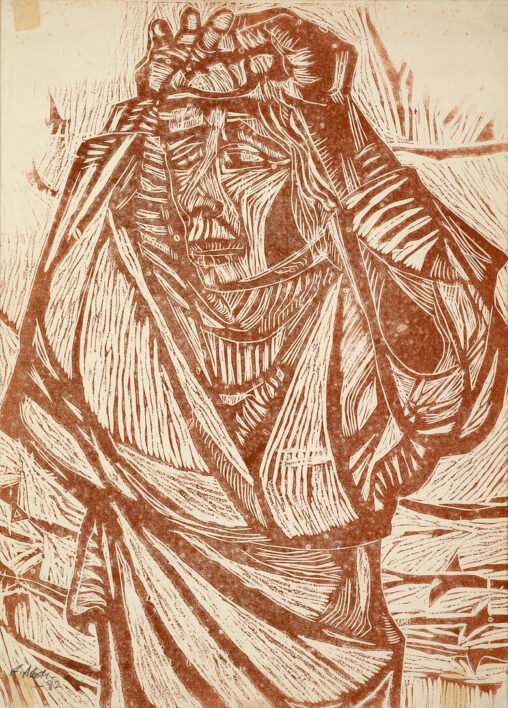
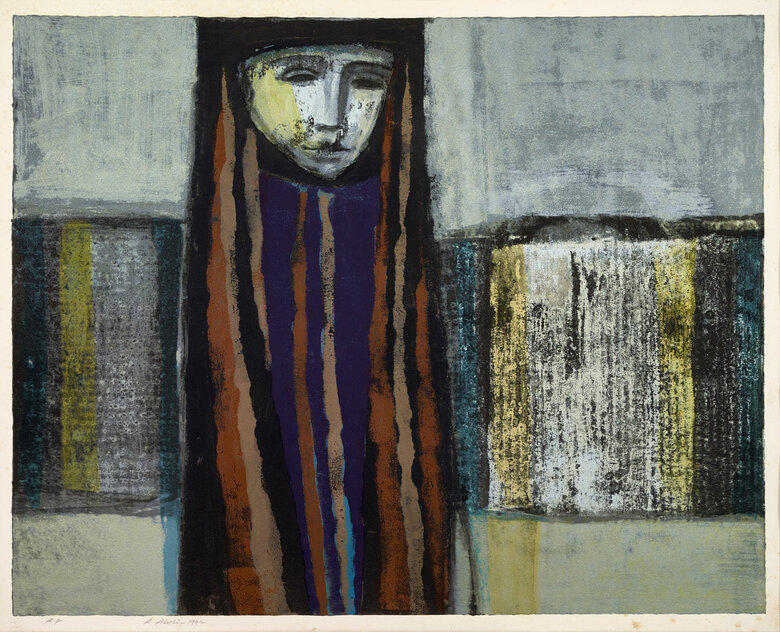

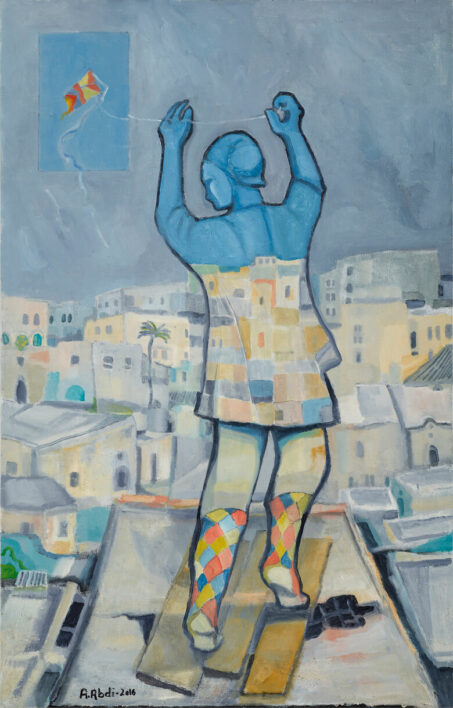


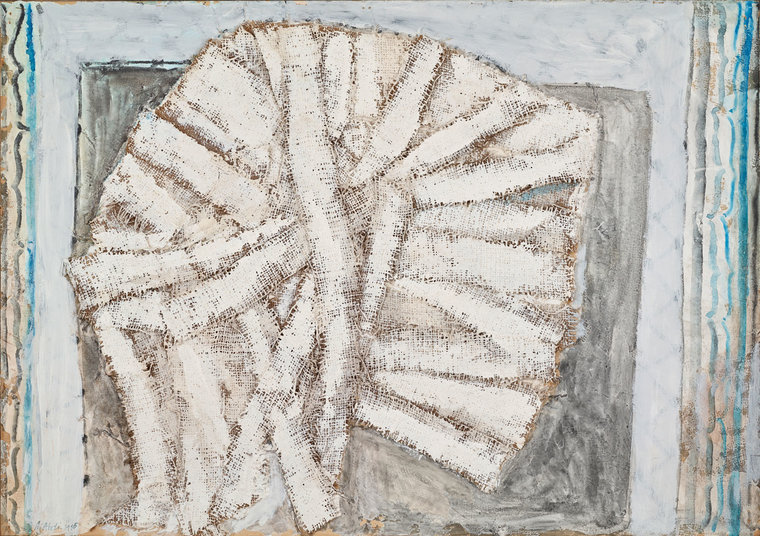


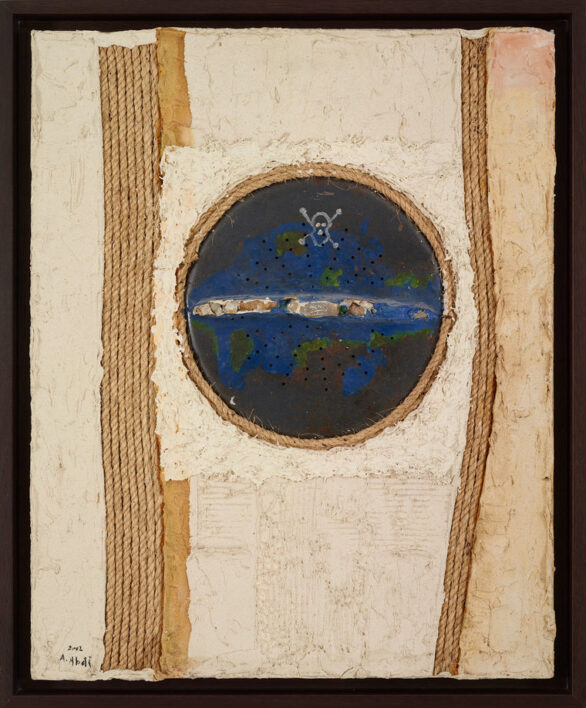
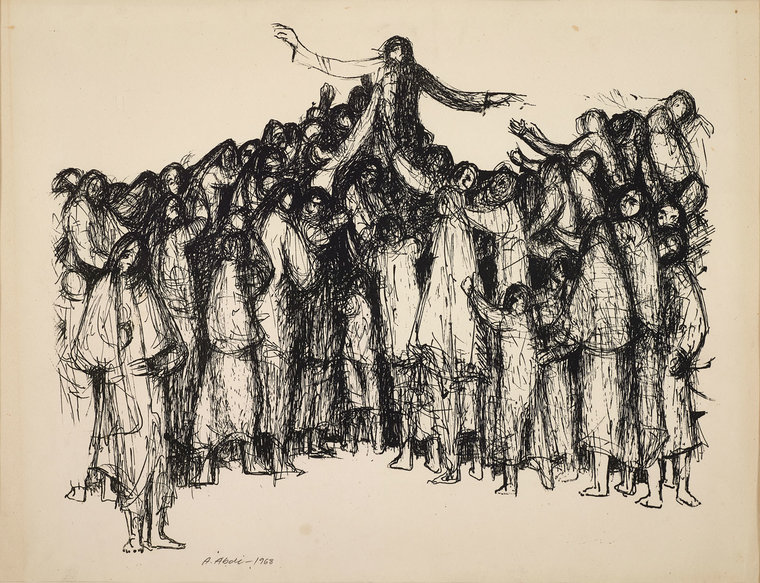

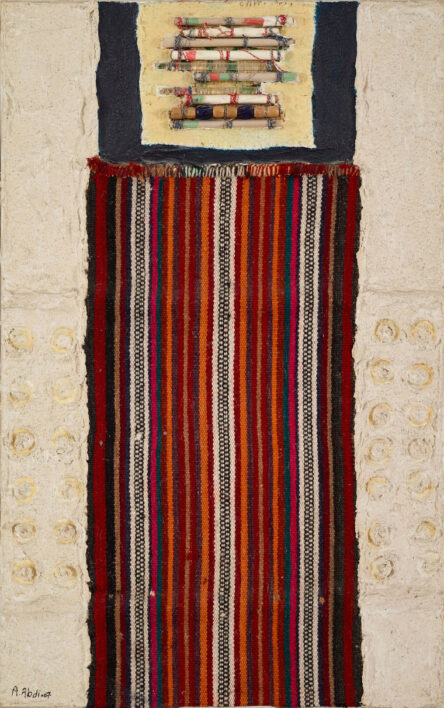
Sources
Hajj, Taleb. “Abed Abdi’s Art: Home of a Palestinian Visual Artist.” Abed Abdi. Accessed September 05, 2017. abedabdi.com.
“Abed Abdi Free Artist Website.” Absolutearts.com. Accessed September 05, 2017. absolutearts.com.
Halaby, Samia. “Abed Abdi and the Liberation Art of Palestine.” Jadaliyya. March 31, 2013. Accessed September 05, 2017. jadaliyya.com.
Levy, Gideon, and Alex Levac. “Arab-Israeli in Haifa uses art to help Palestinian refugee sister.” Haaretz.com. February 22, 2013. Accessed September 05, 2017. haaretz.com.
Imeu. “IMEU Institute for Middle East Understanding.” IMEU | Institute for Middle East Understanding. October 02, 2005. Accessed September 05, 2017. imeu.org.
Abed Abdi – Art on 56th. Accessed June 01, 2018. arton56th.com
